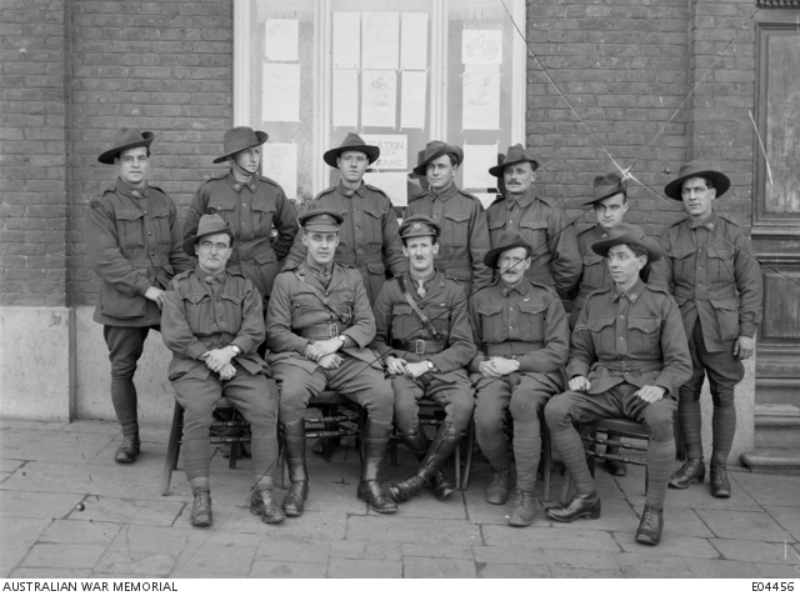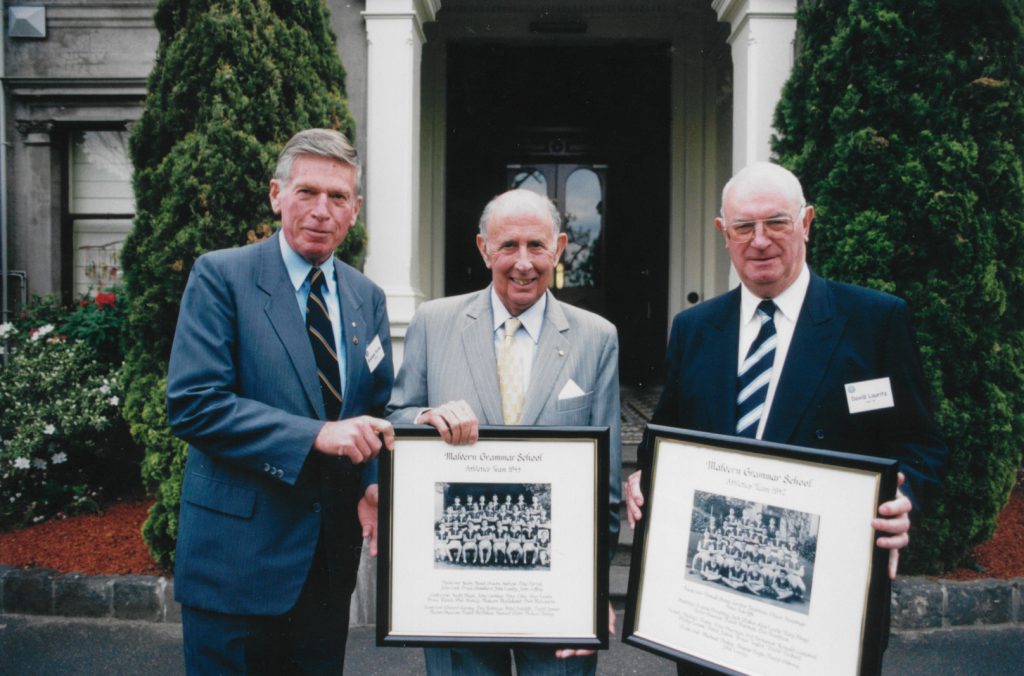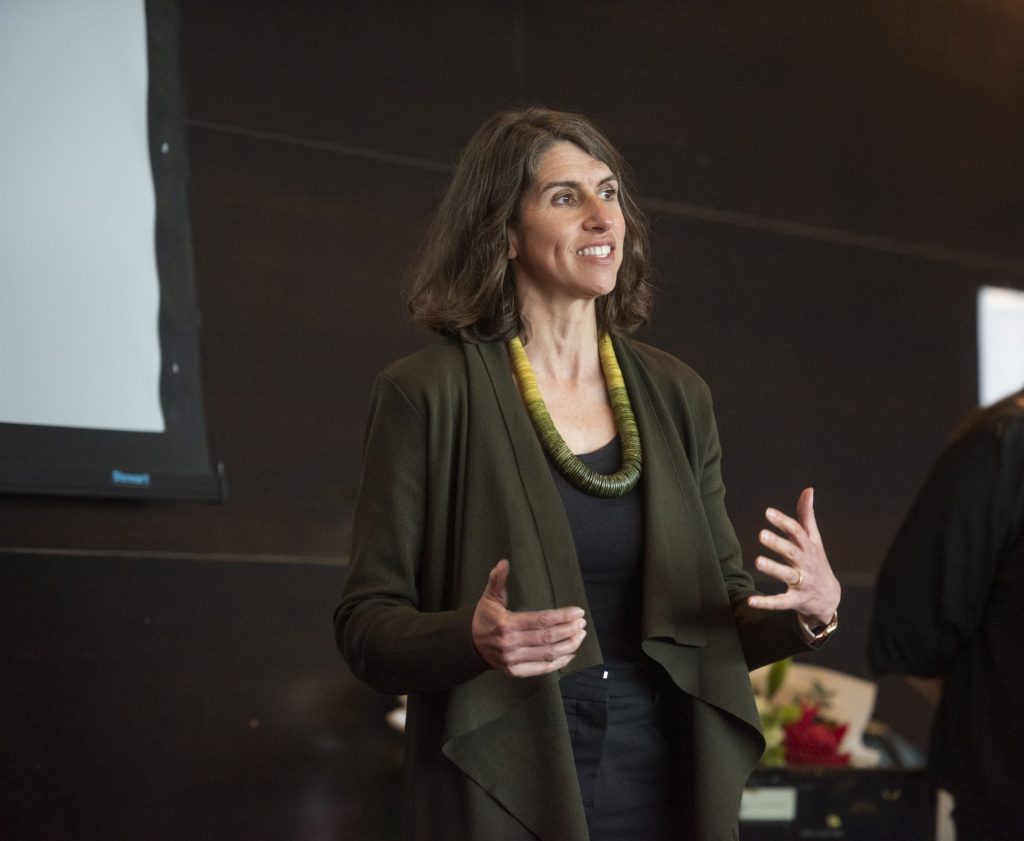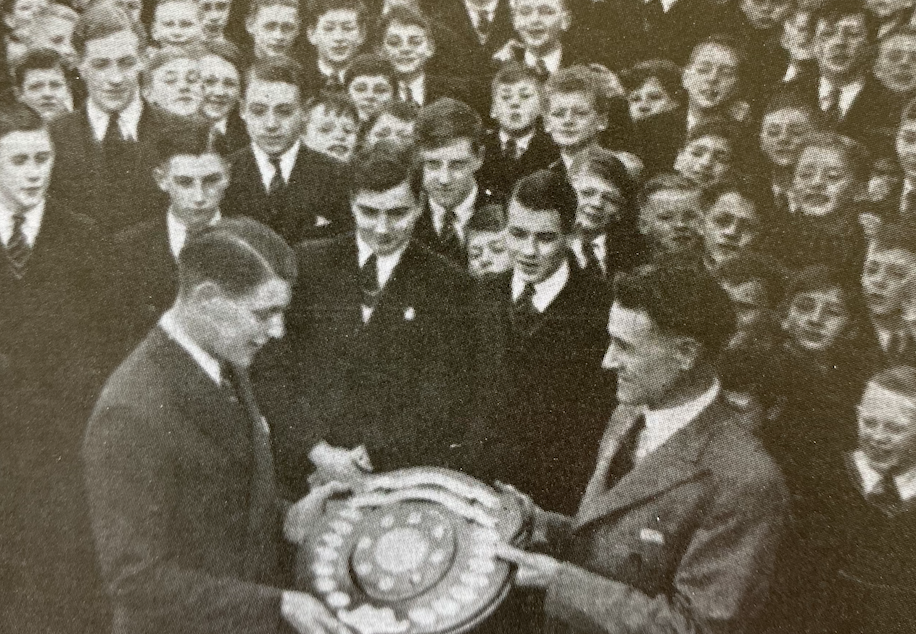Enlisting
Born in 1889 Hugh Gemmell Lamb-Smith (Staff 1913 – 1951) had, like his Principal WM Buntine, attended Scotch College and despite his gifts as a musician had decided that his calling was to a life in which he could directly serve people, namely that of teaching.[1] He was a devoted churchman, but was also interested in many sports and above all was an idealist ready to give practical expression to his ideals.[2] He joined the teaching staff at CGS in 1913 and upon the outbreak of war the following year enlisted almost immediately.
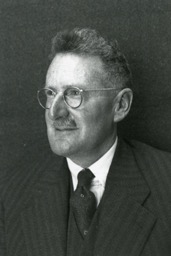
His sympathy lay with healing people rather than wounding them[3] and he served in the 2nd Field Ambulance in Egypt, from the Landing at Gallipoli and for the remainder of the war on the Western Front. It should be noted that the men in these units carried neither ammunition nor weapons, but also shared the dangers and privations of battle with the fighting men. It was reported that in no other section was the casualty rate higher than among the members of the Field Ambulance and Lamb-Smith was no exception as he contracted both typhoid and enteric fever and suffered a gun-shot wound to the leg in France.[4]
A biographer noted that given his work in advance dressing stations, gas and casualty clearing stations as well as stretcher bearer details, Lamb-Smith knew first-hand what it was to carry in the bleeding remnants of dying friends and companions and to see bones protruding from wounded limbs, to recoil from smashed faces and to witness the horrors of gas.[5] He rejoined the staff in of CGS 1921 and although he carried mental scars from his traumatic war time experiences, he still carried a belief that teaching could be an inspiring experience and that, beneath all the group organisations inherent in a school, the individual was still the vital unit.
Gallipoli Veteran
As a Gallipoli veteran, it became traditional that he should read the names of the fallen and deliver an address on Anzac Day, though he could never bring himself to personalize the events, and to speak of his own harrowing experiences.[6] Thus at his first Anzac Day address in 1920 it was reported that, ‘Mr Lamb Smith was in the Army Medical Corps, and gave a brief outline of his experiences as a stretcher bearer in Egypt and Gallipoli, showing that the work of the stretcher-bearers was just as hard as that of the men in the line. He made an earnest appeal to the boys to keep pure and unsullied the flag that our soldiers had raised on Gallipoli.’[7]
On each of the five other occasions between 1920 and 1932 that he delivered the address he always tried to relate the lessons to be learnt from Anzac to the daily lives of the boys, whilst including historical background to further educate his young listeners. It was reported in 1923 that ‘Mr Smith gave an exceedingly interesting address, and described very clearly the landings of the Anzacs and the hardships and privations which they went through while clinging for days to the ridges, waiting for reinforcements under terrible fire and with scanty provisions. He then asked the boys to think not only of the dead, but also of those who are still suffering, either maimed for life or broken down as a result of the frightful strain at Gallipoli.’[8]
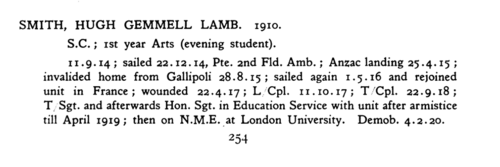
In 1925 he described the departure of the transports from Lemnos and the early morning arrival at Gallipoli. He then graphically depicted the rush up the shell-swept hills after the landing. He said many men who had advanced further than their comrades were cut off when the Turks rallied, and the majority were killed. Mr Lamb-Smith then applied his story to our daily lives. As the soldiers had given up much to enlist, so we ought to follow their example and give up some little pleasure to improve our School and nation.’ Finally in 1930[9] and 1932[10] he again gave a vivid description of the landing of the Anzacs at Gallipoli, and that of the British at Cape Helles. He emphasized the lesson which was taught in those heroic days, that success could only come if every man did his job with courage and faithfulness, a lesson not less valuable for peace than in war. He concluded by showing us that the boys of the present time had their battles to fight, and could meet them in the same spirit as was shown by the Anzacs.
ANZAC Spirit
Former teaching colleague and CGS headmaster Frank Archer when delivering Lamb-Smith’s eulogy in 1951 recalled, “And how often on April 25th have we listened with absorbed attention while he told the epic story of Anzac, and brought home to us its inspiring challenge, all unaware that in himself, far more movingly than in his words, was the spirit of heroic service made manifest.”[11] In later years another former teaching colleague viewed Lamb-Smith’s approach to these speeches in the following way. ‘From time to time he was called upon to address the school, usually at the Anzac ceremonies. These talks were not panegyrics of the past, but a linking of the best of the past virtues with specific examples of the way present day Australian boys can rise to the occasion when necessary.’[12]
Archer summed up his view of Lamb-Smith’s contribution to CGS in the following manner. “And those of us who knew him the longest and most intimately realized the secret of his amazing capacity for self-giving and friendship. He was in the deepest and truest sense a Christian man. He hated evil, but he never hated people. In every boy, no matter how exasperating or unsatisfactory he was, he saw the possibility of perfection, and never gave up hope of seeing it fulfilled. But the way in which we can do him the greatest honour will be that should keep striving, as he strove, to make our School a community which keeps moving steadily towards that vision of perfection which was the source of his energy, his wisdom and his great goodness – so that by God’s grace ‘the School may be able to make its own true contribution of thought, life, service and sacrifice to our Commonwealth, our Empire and the World.”[13]
Read more of our alumni ANZAC profiles here.
Researched and written by Dr. Daryl Moran (CGS 1966-70; staff 1981-93; current CGS Archives Volunteer).
Feature image by By Unknown author – https://www.awm.gov.au/collection/E04456, Public Domain, https://commons.wikimedia.org/w/index.php?curid=58285361
[1] Webber H. “Years May Pass On.” p, 247
[2] Webber H. Ibid. p, 248
[3] Webber H. “Years May Pass On. p, 248
[4] Patsy Adam Smith’s “The Anzacs” quoted in Webber’s “Years May Pass On” p, 248
[5] Webber H. Ibid, p, 248
[6] Webber, H. Ibid. p, 250
[7] CGS magazine June 1920 p, 30
[8] CGS magazine June 1923 p, 216
[9] CGS magazine June 1930 p, ??
[10] CGS magazine June 1932 p, 376
[11] Archer F H. Memorial Eulogy for H G Lamb-Smith delivered at the 1952 CGS Anzac Day service.
[12]Langley C E. ‘Some Notes (concerning H G Lamb-Smith) before It Is Too Late.” May 1979 (Held in CGS Archives)
[13] Archer F H. Ibid
